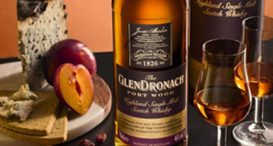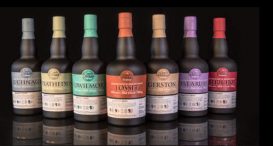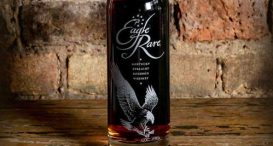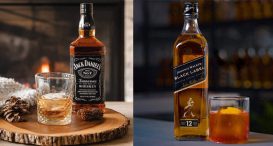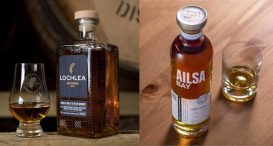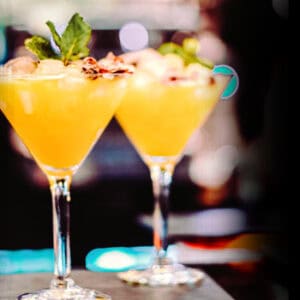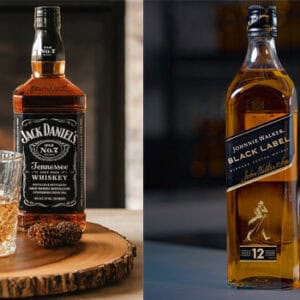Clynelish Distillery – A Detailed History
As beautiful and rugged as they are, the Scottish Highlands are also home to some of the most historical buildings in all of Scotland, and dare we say, the entire world.
When you think of the Highlands, you’ll likely picture purple heather, rugged mountains, moorland, stags, and of course, whisky distilleries. Due to the remoteness of the Highlands, they were the perfect locations for distilling whisky while also keeping a watchful eye out for approaching excisemen.
To this day, the Highlands are home to some of the largest, most successful distilleries on the face of the Earth, and with each distillery having its own unique story to tell, how about we start with Clynelish/Brora?
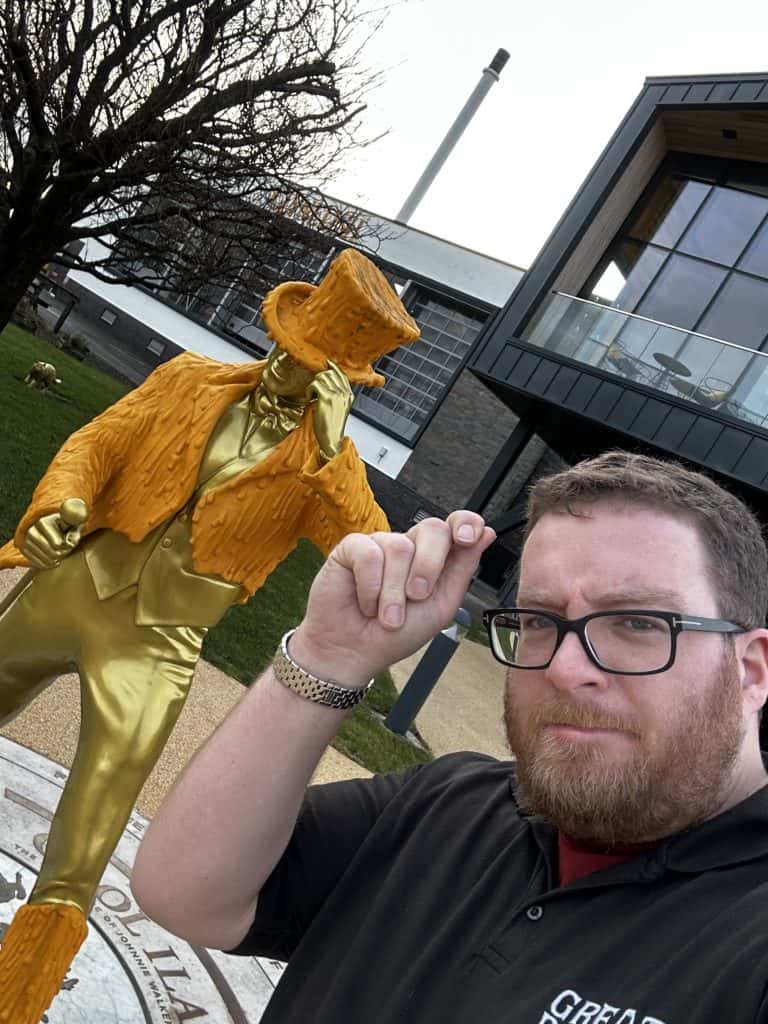
Situated just north of the village of Brora, a little under 2 miles inland of Scotland’s east coast, you will find the recently re-opened Clynelish Distillery. To be precise, you will find two distilleries on the Clynelish site – Clynelish, and its successor Brora.
Clynelish Distillery was founded in 1819 until it was renamed ‘Brora’ in 1969 (we’ll get to that a little later on). It was founded by the Marquis of Stafford and his wife, and after laying dormant for close to four centuries when it closed in 1983, it re-opened in 2021, much to the delight of whisky connoisseurs across the land.
The Highland Clearances
Clynelish, is one of very few distilleries across the Highlands to be established as part of the ‘Highland Clearances’.
The Highland Clearances took place in the early 19th century and came about when wealthy landowners discovered that there was more money to be made by turning their grounds into grasslands for sheep farming, rather than using them for small-scale agricultural purposes like crop farming.
These ‘Clearances’ were particularly brutal, as they effectively evicted farmers from land that their families had lived upon and farmed upon for generations. The farmers were forcefully evicted and were sent either to live on the coast, where they were told to become fishermen, or overseas to places such as Canada, Australia, or even North America.
As mentioned, Clynelish was founded in 1819 by the Marquis of Stafford and his wife. Between them, they oversaw the evictions of more than 15,000 Scottish farmers, and the burning of more than 500 croft farms.
Following the ‘Clearances’ the Marquis would establish a number of businesses. In 1819, seeing an opportunity to make yet more money, the Marquis would invest £750 of his own money into the construction of a new distillery on the site of one of the old and abandoned farms just outside of Brora village.
The idea of the distillery was to find a use for barley and an income for the farmers who grew it locally, while also helping to provide direct competition for illegal distilleries who were giving the area a bad reputation and attracting the wrong kind of clientele.
With access to grains, plenty of eager workers, a plentiful supply of water from a quality source, and a coalmine nearby, it was the perfect location. The Marquis would name it ‘Clynelish’ which meant ‘sloped garden’ in Gaelic.
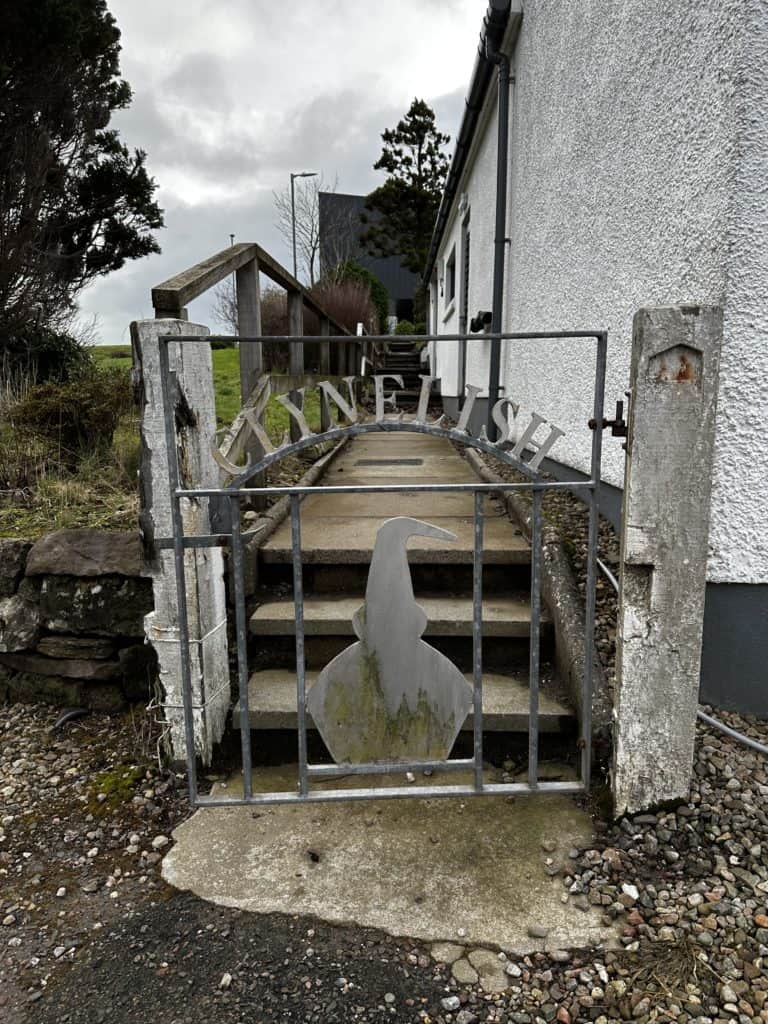
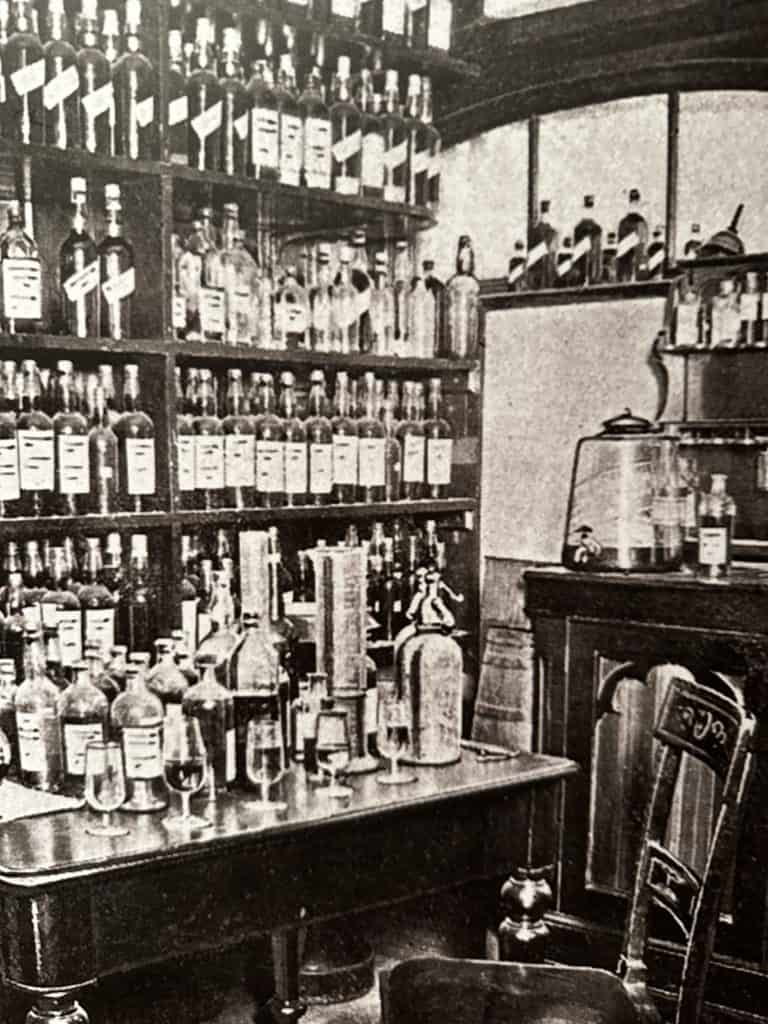

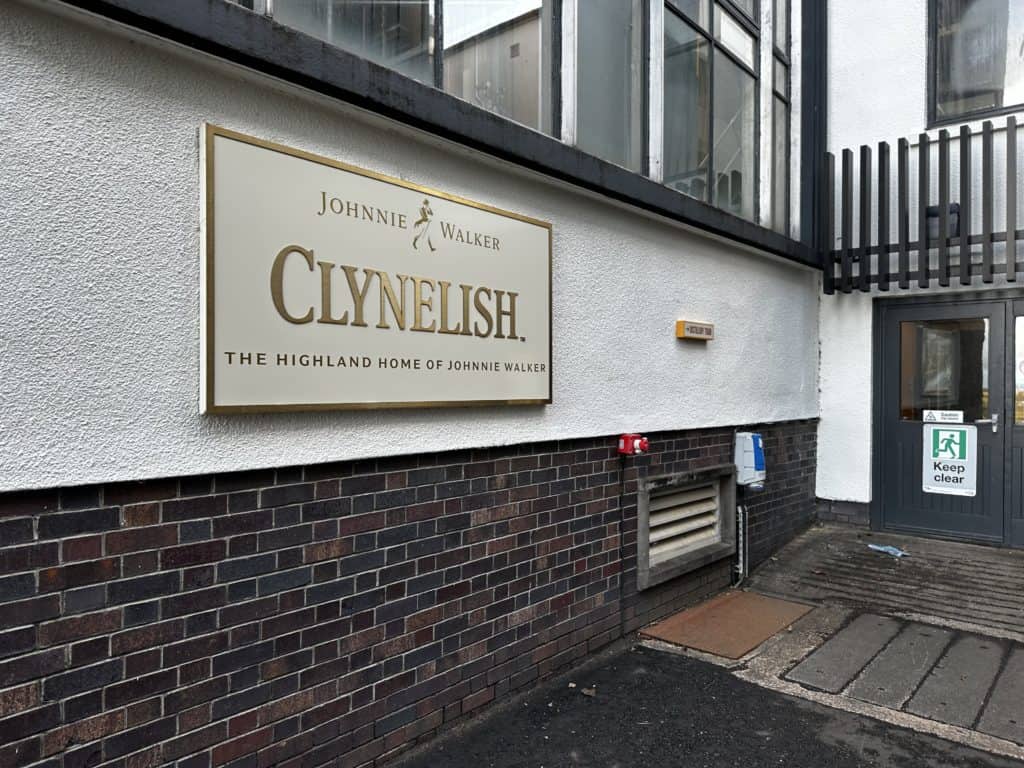
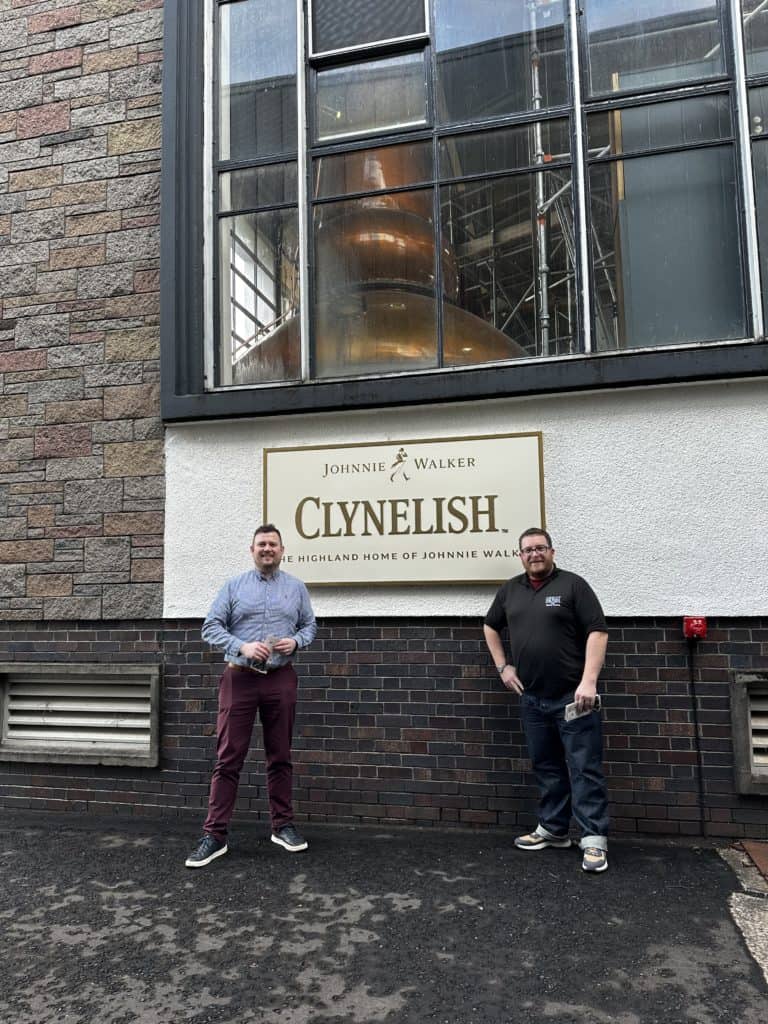
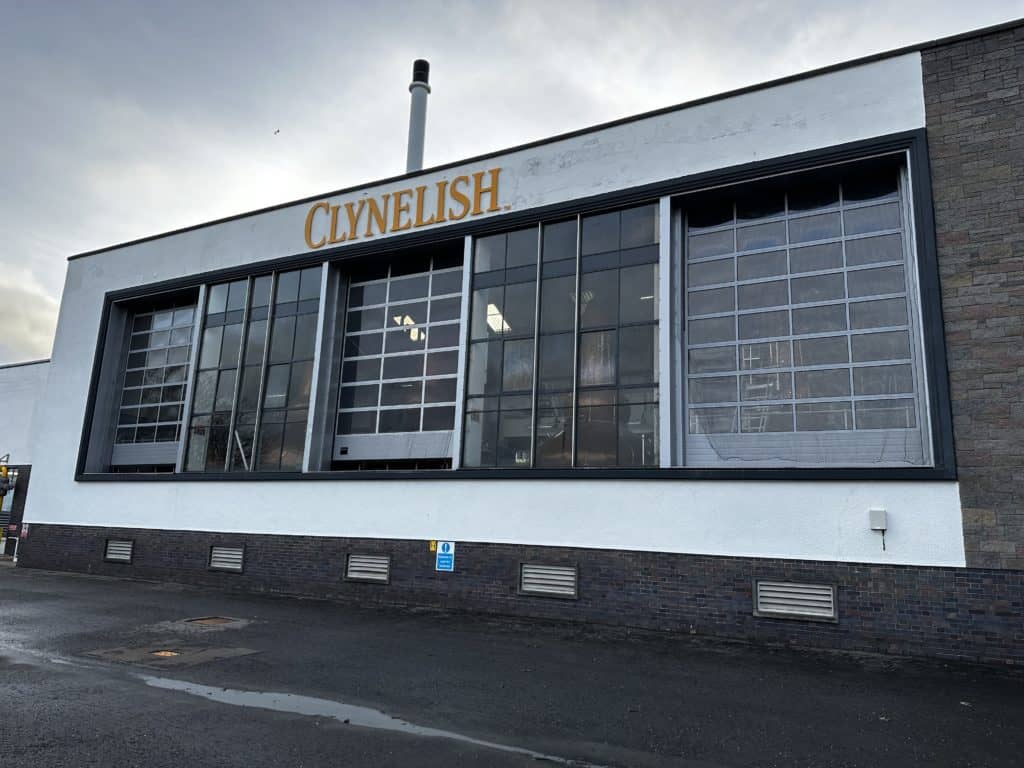
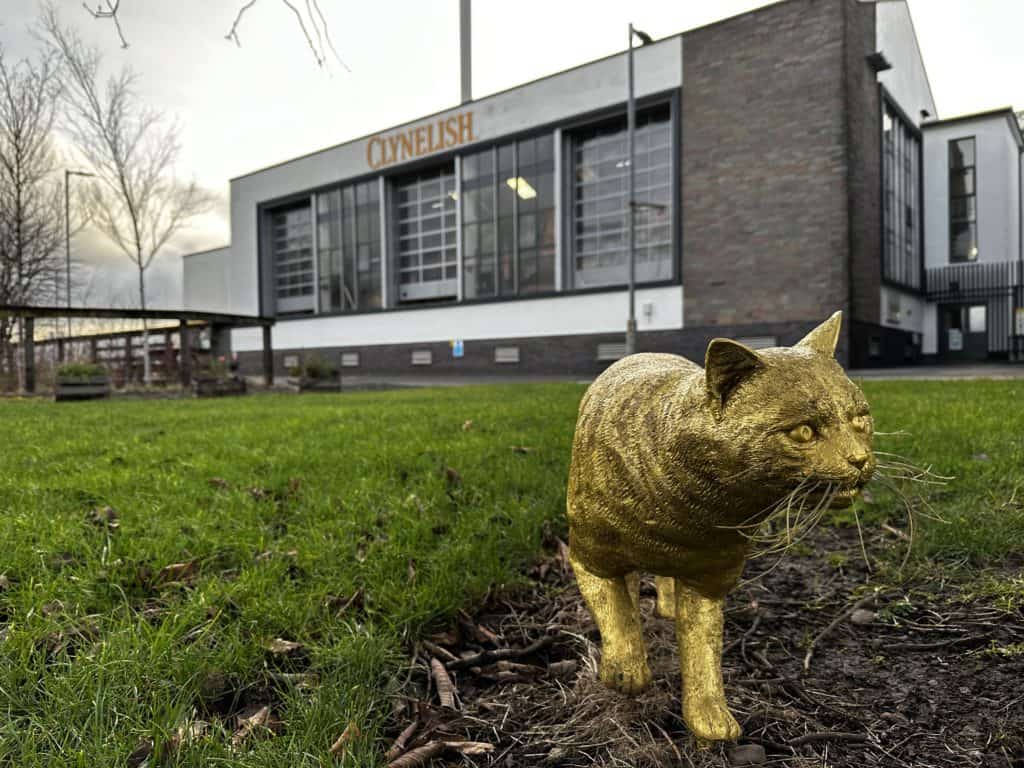
Ups and Downs
After the distillery opened up, many expected it to be an instant success, but that isn’t exactly the case.
Initially, the distillery struggled, particularly because the local coal from the coalmine was damp and of poor quality, and didn’t burn well enough to provide enough heat to fire the pot stills. To get around this, it had to be mixed with peat from the nearby marshland.
The first manager of the distillery, a man named James Harper, unfortunately went bankrupt in 1827, although he regained his licence and would run the distillery until 1834.
The distillery was managed by a number of people for the next decade or so, up until 1846 when George Lawson and his sons took control. They turned the distillery around and managed it until 1896. They clearly knew what they were doing and turned it into a very stable and successful business.
New Beginnings
In 1896, the distillery was once again taken over, this time by a man named John Risk, along with his business partner James Ainslie.
The two would invest a lot of time and money into the site and would build new warehouses and expand.
In 1912, Ainslie was forced to sell his share of the distillery to John Risk and the DCL (Distillers Company Limited) in order to prevent himself from going bankrupt. Shortly afterwards, blends and whisky merchants John Walker & Sons bought a stake in the company in 1916.
In 1925, Walker & Sons became sole owners of Clynelish. During the depression years and the Second World War, the distillery was forced to close, reopening again in 1945.
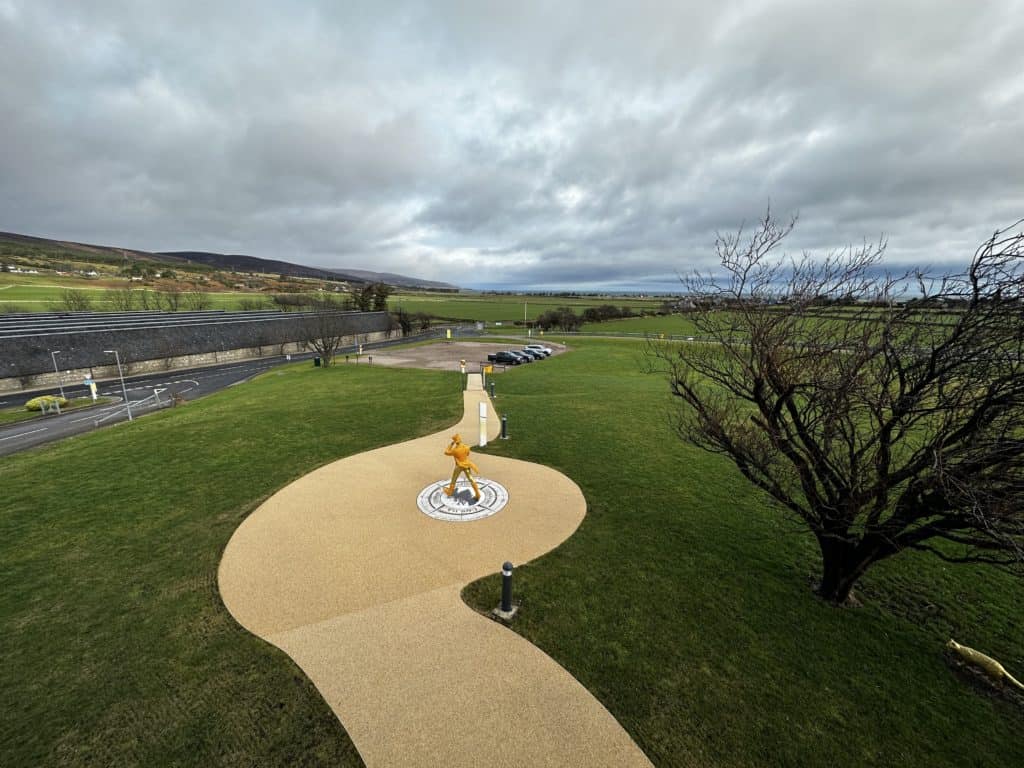
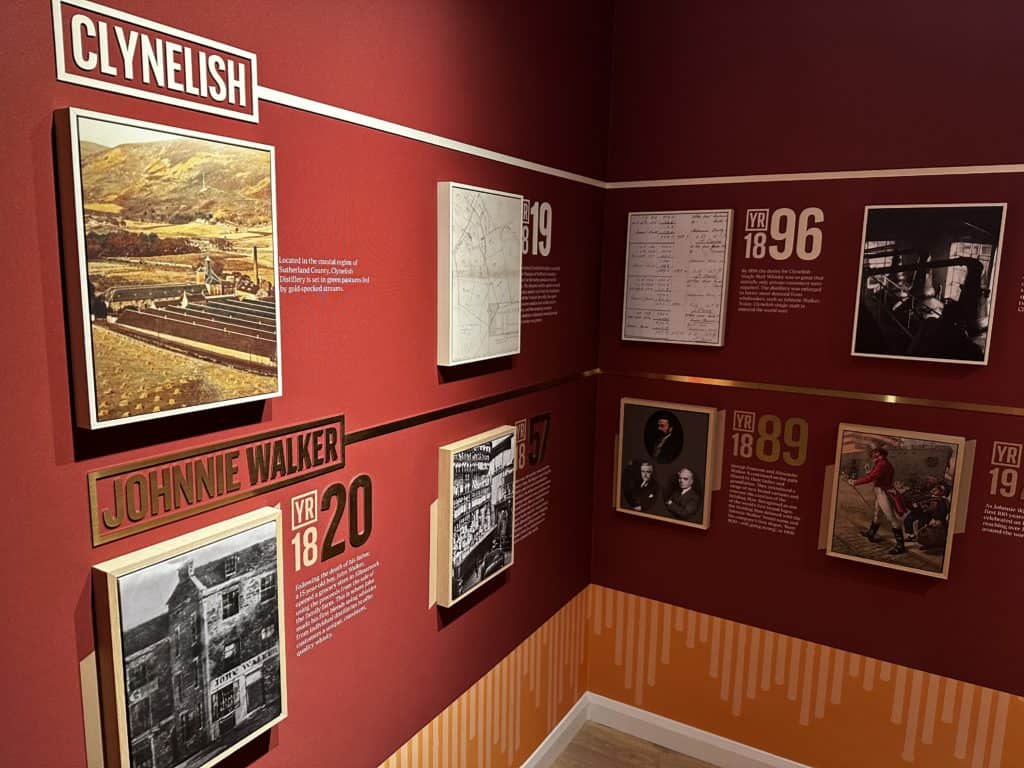

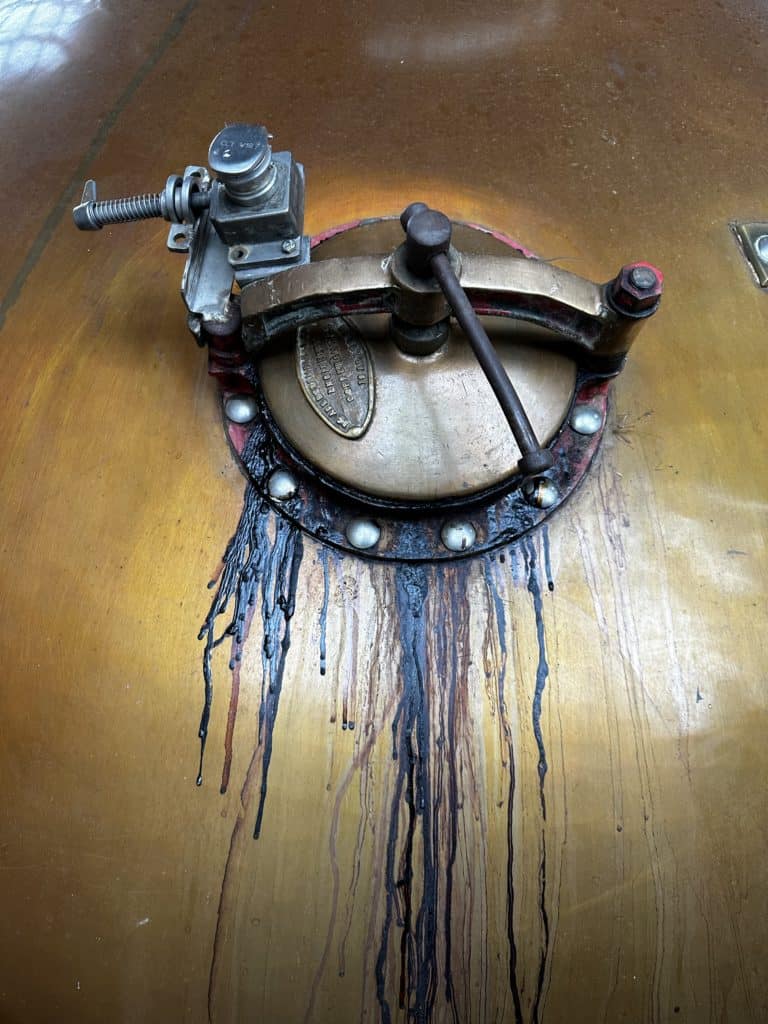


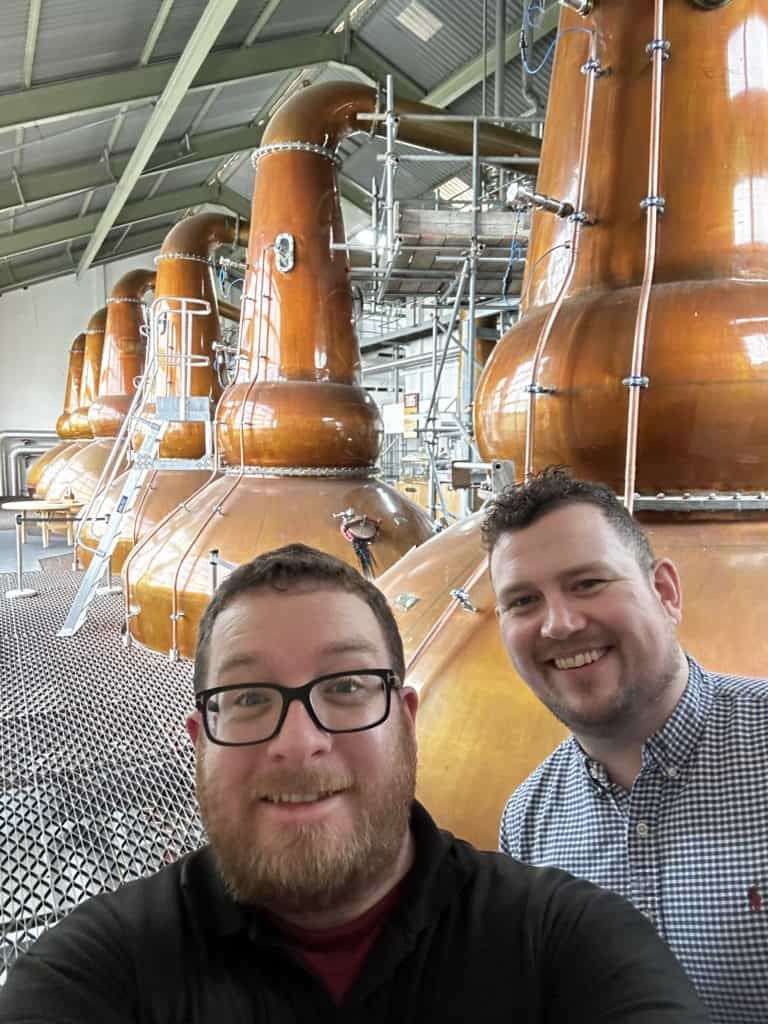

Expansion and Closure
Over the 1960s, Clynelish gradually began to expand once more, thanks to investments from DCL. Demand for Scotch whisky was at an all-time high and Clynelish proved to be extremely popular thanks to their delicious single malts.
Forced to get with the times, the distillery was converted to electricity and steam, rather than coal, though this proved insufficient when it came to heating the stills. This resulted in Clynelish operating at a reduced capacity.
The distillery was forced to expand and an additional modern distillery was built with 6 more stills in 1967. Because the Clynelish name was established so much, both sites would operate under that very same name, with one site being known as ‘Clynelish A’ and the other being ‘Clynelish B’, or ‘Clynelish 2’.
In 1968 however, the old site was ‘mothballed’ meaning that it would remain intact, but would no longer operate.
In 1969, the old site would once again re-open, this time producing a peat-heavy, Islay style of Scotch whisky specifically for blending. After the SWA (Scotch Whisky Association) grew concerned over two distilleries carrying the same name, ‘Clynelish A’ would become ‘Brora’ named after the village nearby.
In 1975, a new legislation enacted would deem it illegal for two distilleries to operate under the same name, so the name change prior came at just the right time.
In 1983 however, the distillery was closed, seemingly for good…
Grand Re-Opening
In 2014, Diageo, the owners of the distillery, announced that they intended to reopen Clynelish and that they would be investing £30 Million. These plans would be put on hold.
In 2018 however, Diageo announced that they would be expanding Clynelish’s visitor centre with a whopping £150 Million investment.
In 2021, the distillery would finally reopen under the Brora name, on the site of the Brora and Clynelish distilleries. Now fully operational, you can once again expect to sample some of the finest single malts in all of Scotland, and we think that’s absolutely fantastic.
To learn more about the history of Clynelish/Brora, or simply to purchase a delicious whisky or two, be sure to visit https://greatdrams.com/ and browse the amazing selection of whiskies they have available.
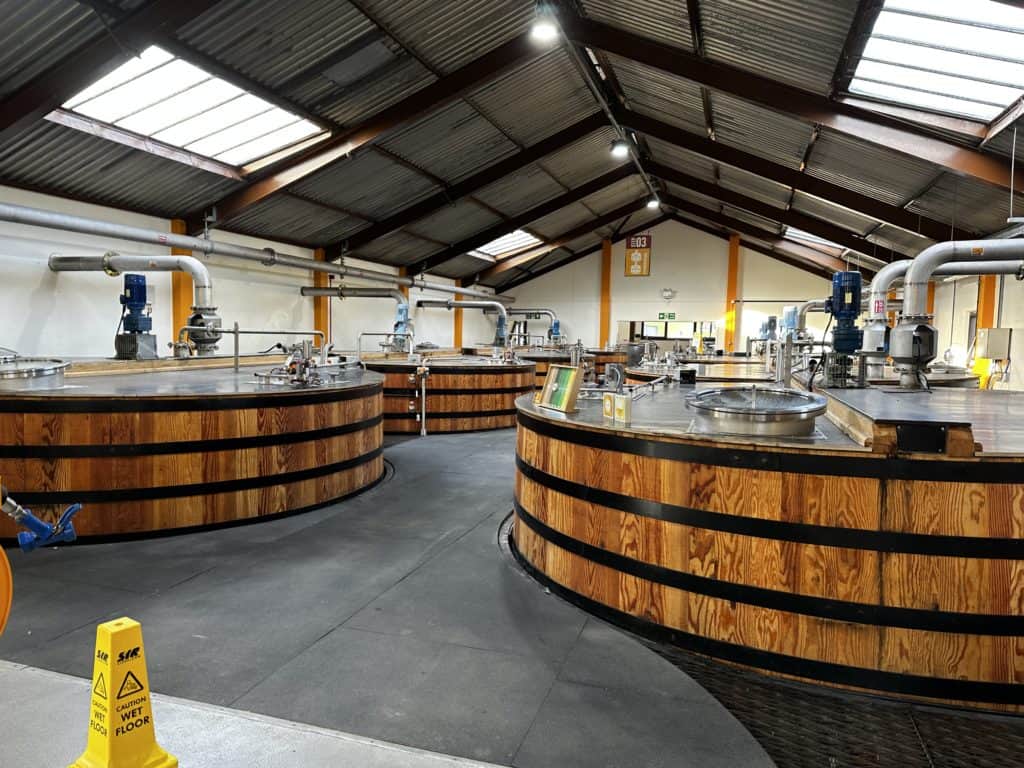
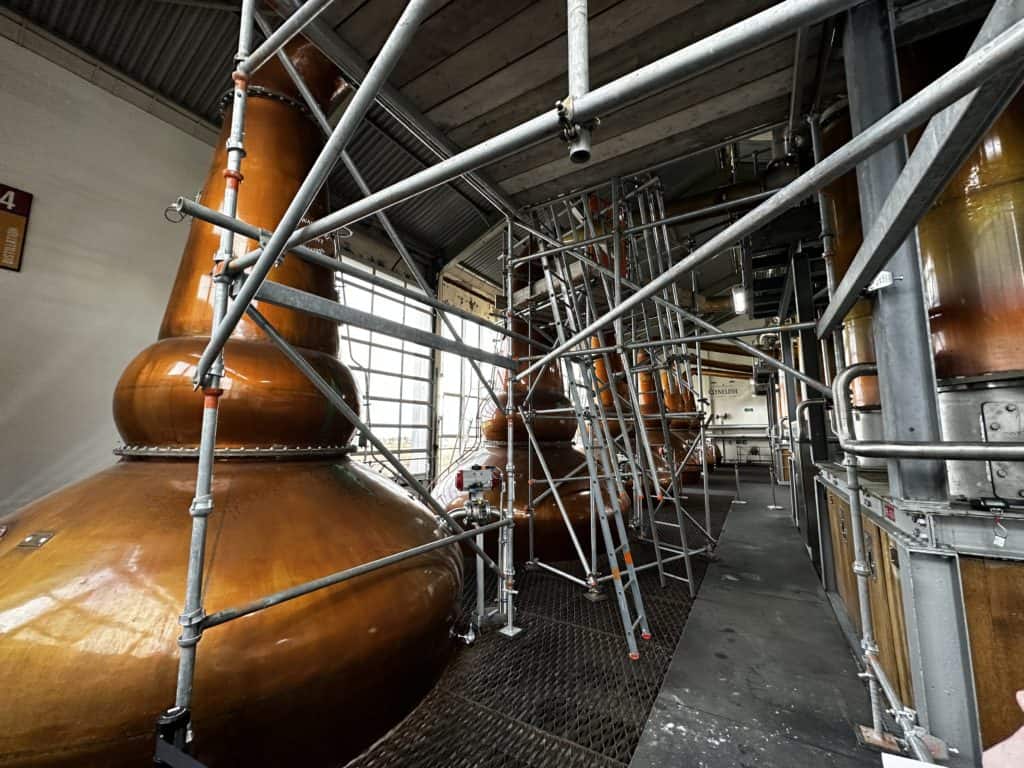
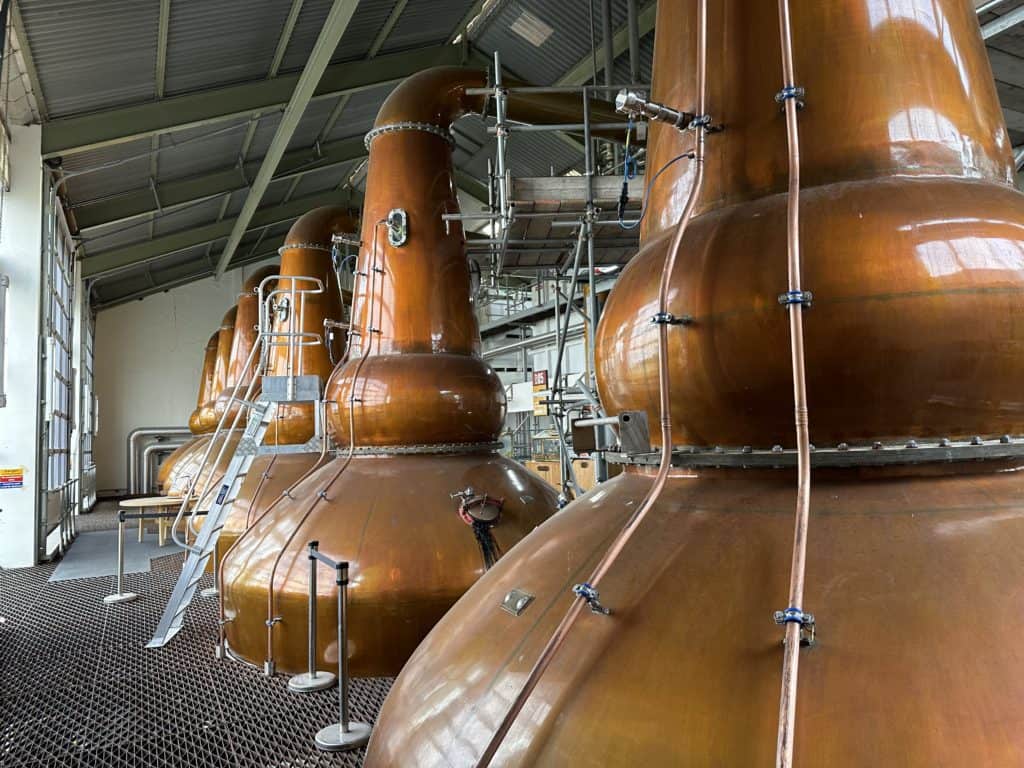
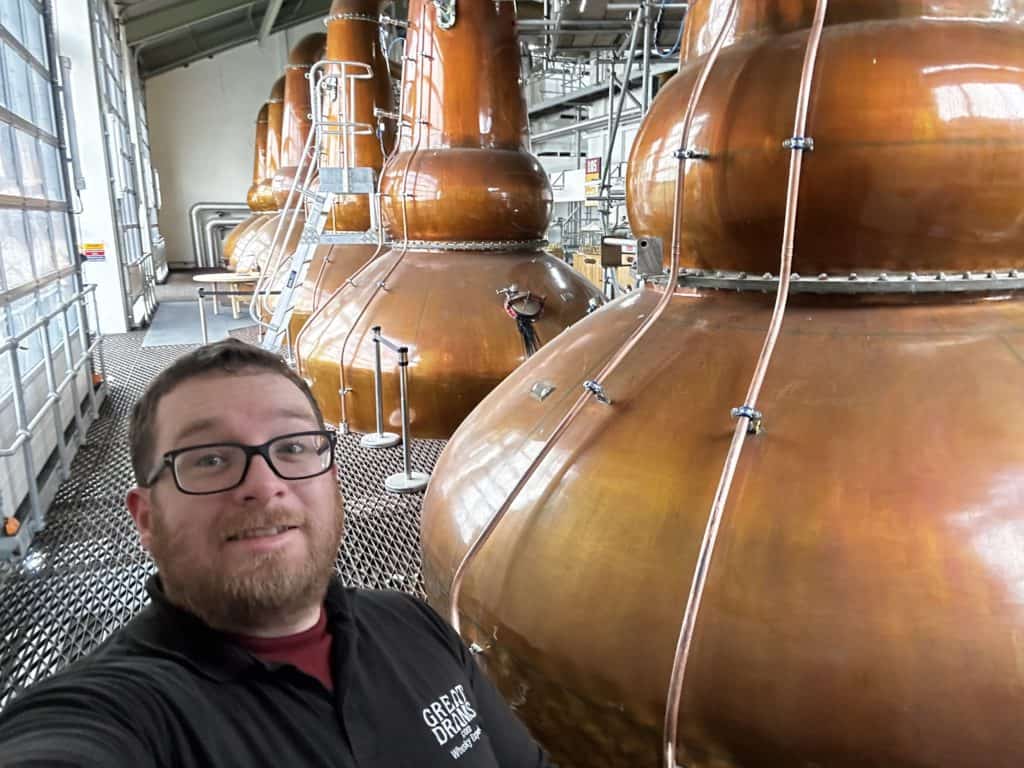
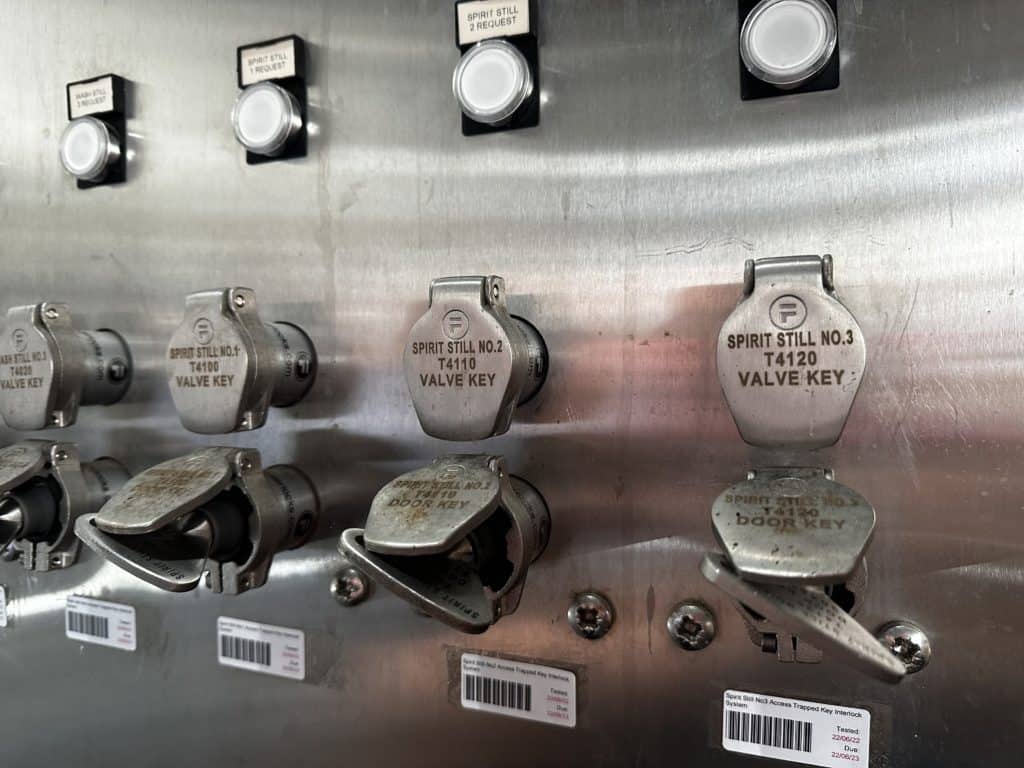
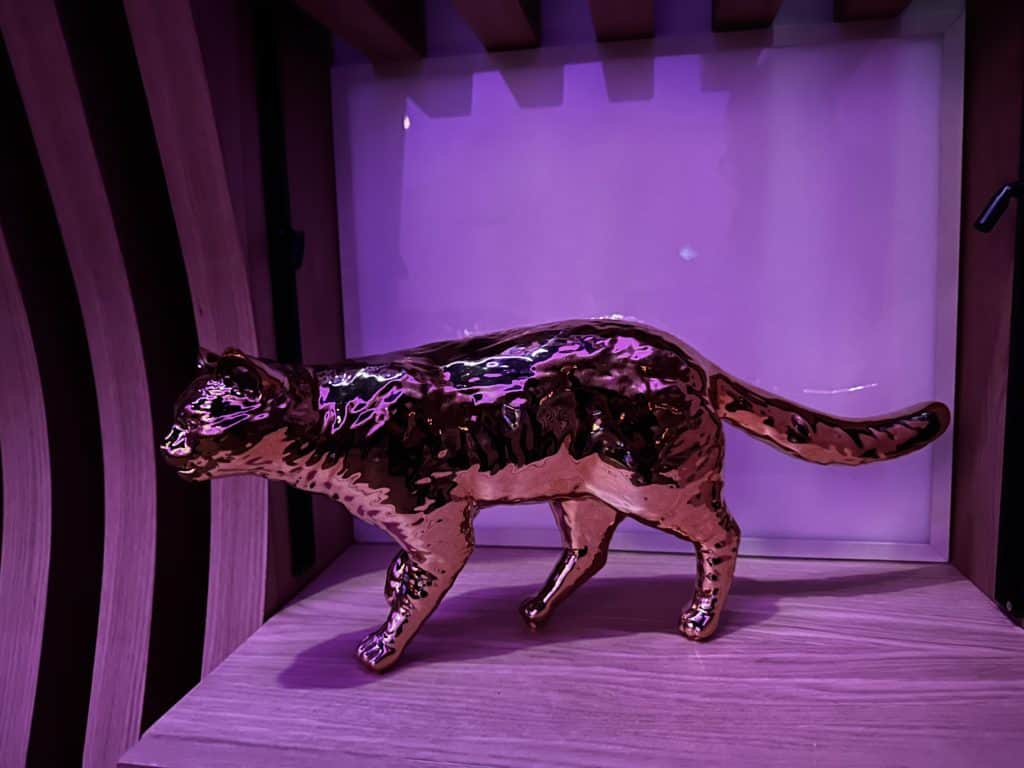

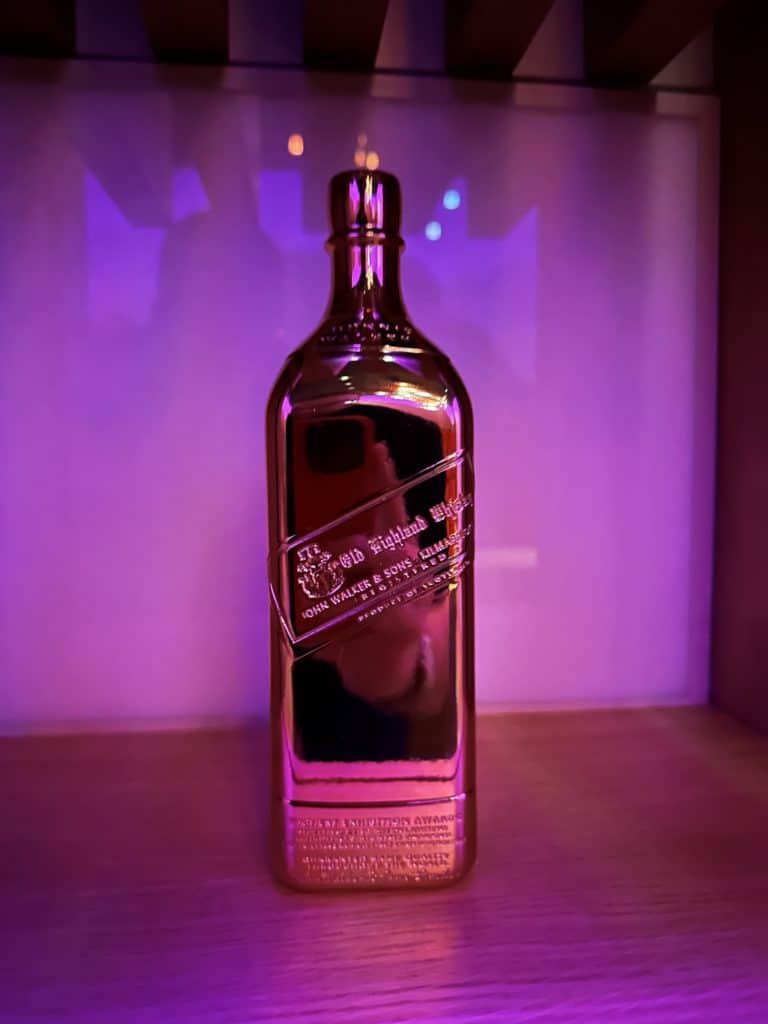
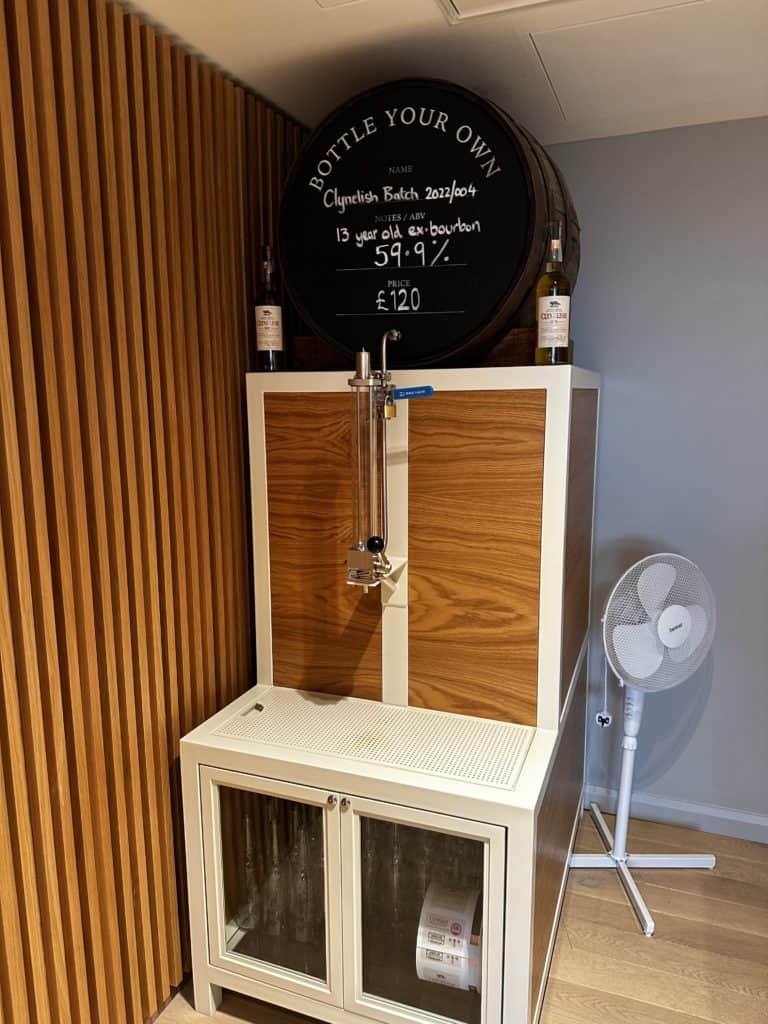

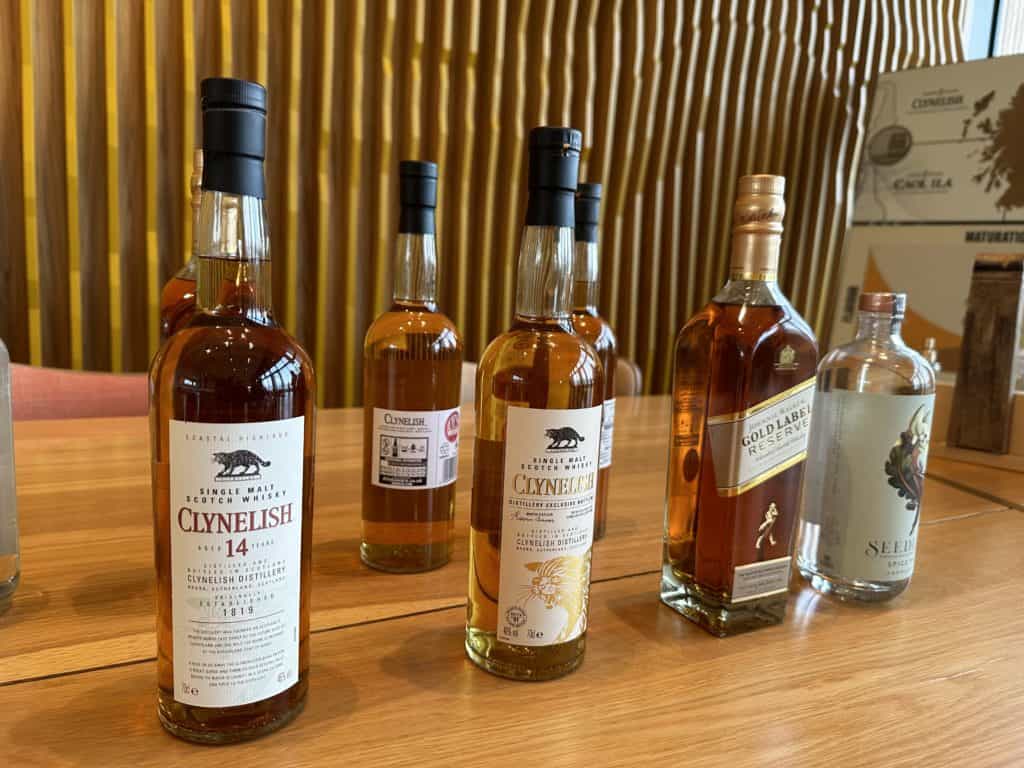
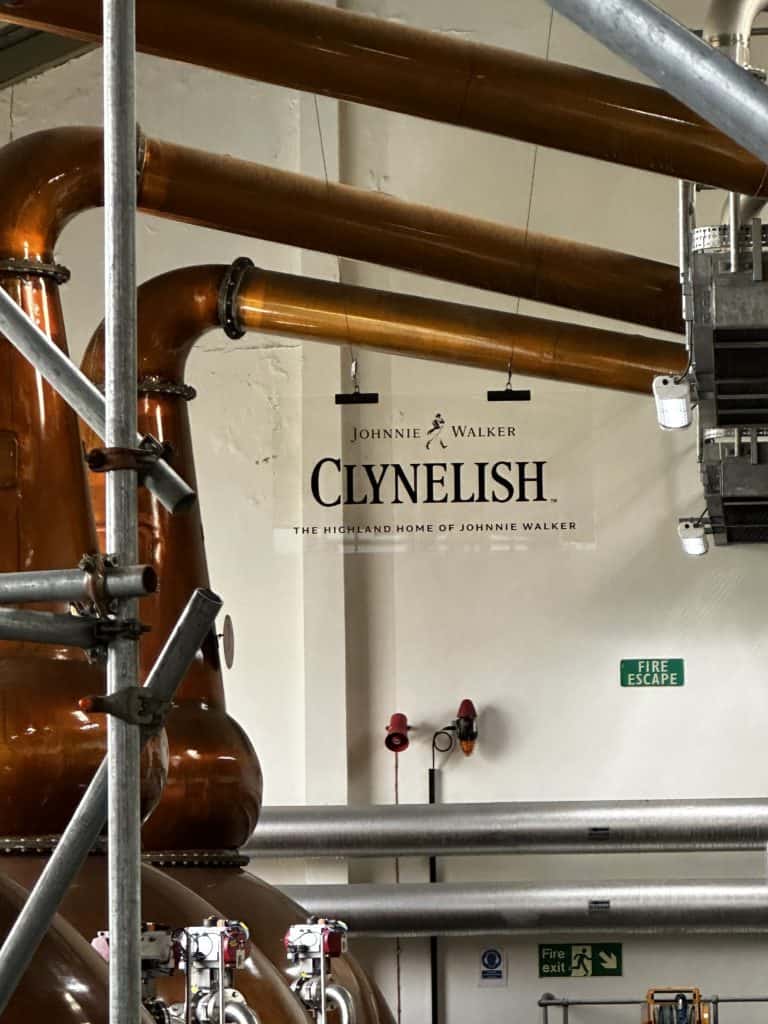
Greg
You might be interested in
More from the blog
Follow greatdrams
latest articles
Latest whisky
exclusively from GreatDrams
-
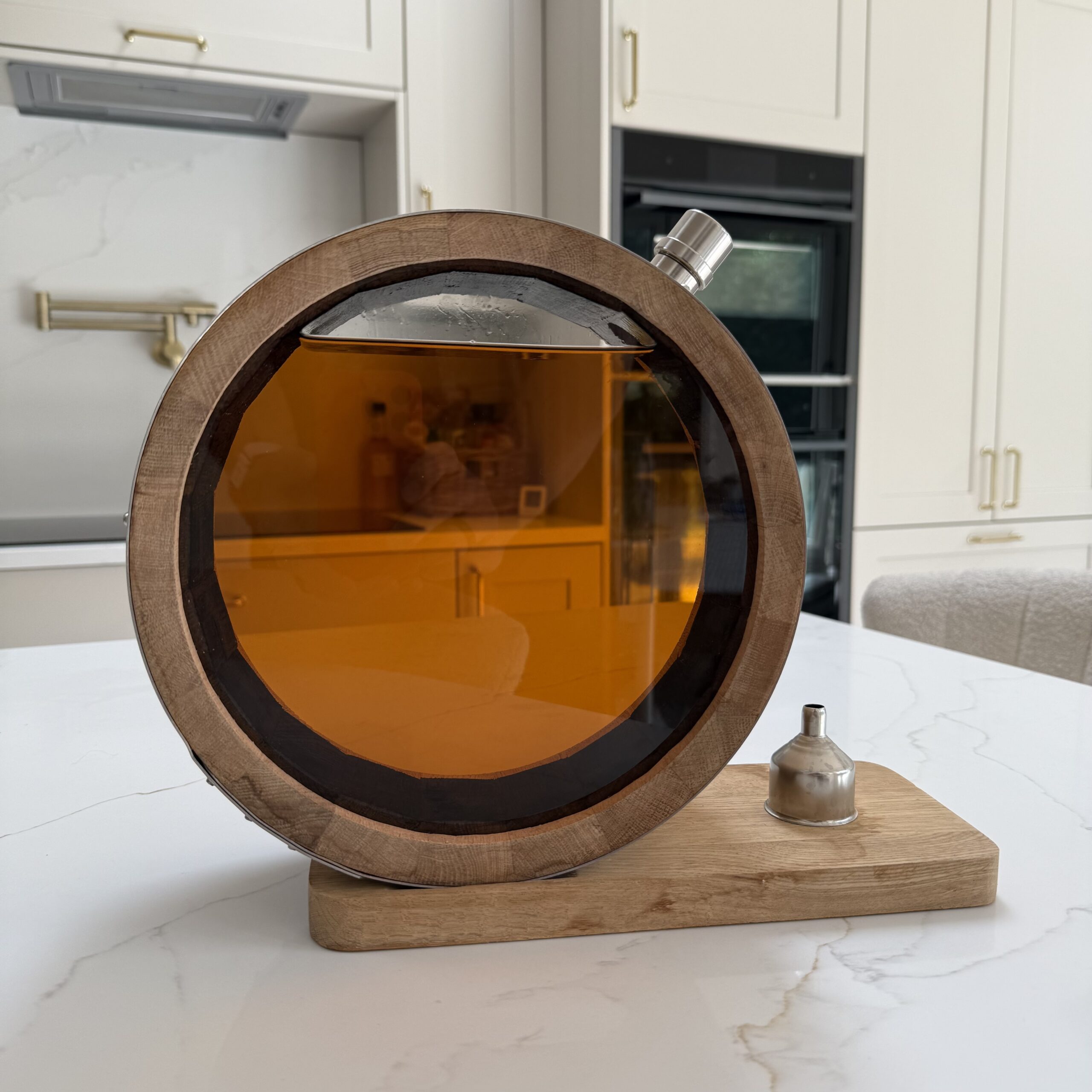
The GreatDrams Signature Barrel Decanter
£200.00 – £370.00



